Theater can be used as a tool for teachers personal growth through psychodrama, improvisation, and experience.
“Education is all a matter of building bridges” (Ellison, 1963). Teachers can identify with this metaphor since they are the ones who build bridges of insight with each of their students, parents and other educators as well. Their profession brings them face-to-face with a constant dynamism that requires the flexibility to adapt to the singular mystique of each classroom, course and school.
In response to these needs, and based on my experience as an educator and amateur musical actor, I have been participating in a project that seeks to bring psychology and the performing arts into the classroom. The workshop, which targets explicitly educators and instructors, helps to achieve a substantial improvement in their professional competencies related to classroom management and diversity, and to teamwork and communication with the people and groups that comprise the educational ecosystem, thereby enhancing their job performance.
Why musical theater?
Theater can be used as a vehicle for personal growth through psychodrama, improvisation or experience. Musical theater, in particular, offers two indispensable components: music and choreography. In 2014, during my initial involvement in musical theater, I experienced its power of transformation as a means to drive thought (interpretation), emotions (music) and observable behaviors (body choreography).
Competency improvement is primarily related to behavioral transformation. A competency is the integration of the knowledge, skills, attitudes and values that allow a person to navigate diverse contexts effectively, while the behavior is the convergence of thought, emotion and observable behavior, in a specific time and space.
The proposal that I am sharing in this article is an innovative method focused on developing teaching skills based on an experiential educational model. Understanding and learning require more than “someone” describing “something” to us. Education practitioners are perfectly aware of this. For example, describing the influential profile of Tracy (from the musical “Hairspray”) is not the same as experiencing -in body, mind and spirit- that happiness, that positivity and that yearning to fight to conquer her dream.
Moreover, someone telling us how stable Amos (from the musical “Chicago”) is cannot be as meaningful as experiencing and feeling, in person, his bitterness, his perception of being invisible to others, as reflected in his song “Mr. Cellophane.”
Self-confidence is vital to flourishing in any field, such as the confidence that radiates from Queen Latifah, in the musical Chicago, when she sings “When you’re good to mama”: thought, work and emotion at the service of her dominant style.
And, what about Mary Poppins? It’s impossible not to love her character, her desire for justice, her elegance and kindness, with her controlling style and profile.
In the workshop I teach, apart from discovering their predominant behavioral style, i.e., Dominant, Influential, Stable or Controlling, educators also learn to explore and inhabit, in mind, spirit and body, the other personality types, thus providing them with greater flexibility in their action choices.
“Novelty makes us curious; playing connects us with our essence, and engagement facilitates experiences.”
– José Mª Ordovás Pérez –
We also provide teachers with the tools to interpret with greater certainty what others are feeling and to be in tune with them, and to interpret the mystique and character peculiar to a classroom or a particular course. Each group builds its own collective identity, resulting from the coexistence and interaction of individual diversity.
Paulo Coelho said that when we understand the things that happen to us, we will appreciate what is happening to everyone else.
The learning achieved can, of course, also be applied in meetings with other teachers or parents, or different professional contexts. Since the collective aspect is of utmost importance, this activity underscores working with the voice (rhythm, tone, projection, etc.), body language at the front of the class, and the collective nature of communication.
To achieve a high neuronal impact, apart from musical theater, these activities are framed within a backdrop of coaching, neuro-linguistic programming, psychodrama and the performing arts.
Educators who have taken the workshop:
-
Expand their range of behaviors: other thoughts, other emotions and another corporality.
-
Experience all their communication resources through the performing arts, with their voice, body, emotions.
-
Improve their self-management and individual and collective understanding substantially.
-
Incorporate little techniques and tools to take and redirect individuals and groups to more appropriate states.
-
Enjoy themselves more, reconnecting with their passion for their vocation and with the art of teaching.
If you do not have the opportunity to participate in the workshop (since for now, it is designed in a face-to-face format), the following exercises can be implemented in your teaching practice:
1. From the perspective of a “psychologist”, watch some of the musicals that have the most diverse characters, such as Chicago, Mamma Mia or Hairspray, and identify the “behavioral style” of the leading roles. Identify the one that LEAST resembles you and choose one of its musical moments. Put yourself in that character’s shoes, feeling their thoughts, their emotions, their corporality, and try to replicate them.
2. Identify a “scene” from your professional life (a class, a parent-teacher meeting, a faculty meeting, etc.) in which you think you should adopt that character’s behavioral style.
3. It is time for the real “scene”, “think” about the character and act, though without overacting.
This project has been widely accepted in Spain. In a few months, a demonstration session will be offered in Bogota and later on in Mexico and Peru. Any interested readers can find further information on the website www.liderbro.com or please feel free to contact me if you have any questions or comments.
About the author
José Mª Ordovás (jmordovas@liderbro.com) earned a degree in Psychology from Universidad Autónoma de Madrid. He is also a psychodramatist, amateur musical theater actor and Concertmaster in the Chamartín Symphony Orchestra Foundation.
This article from Observatory of the Institute for the Future of Education may be shared under the terms of the license CC BY-NC-SA 4.0 
)
)
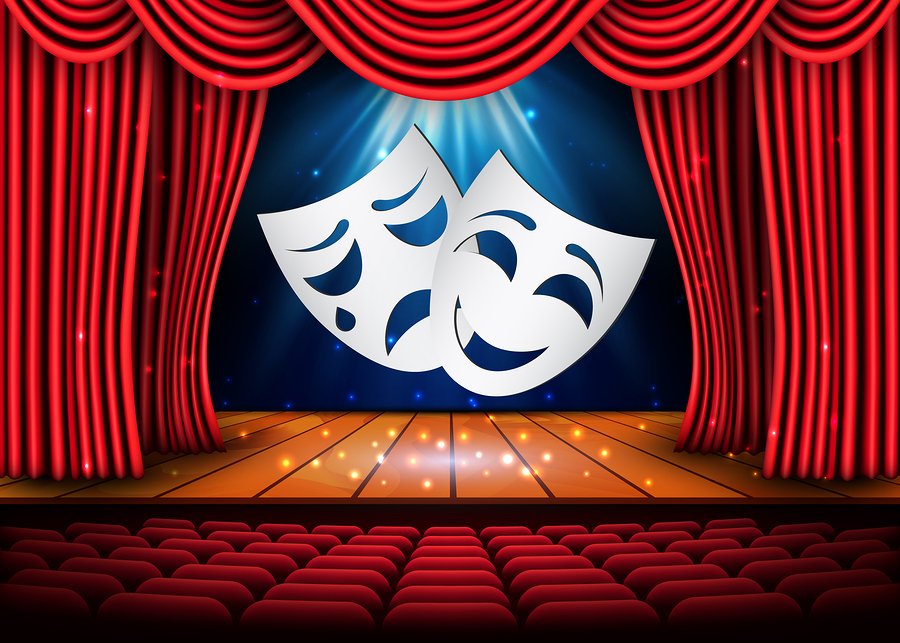
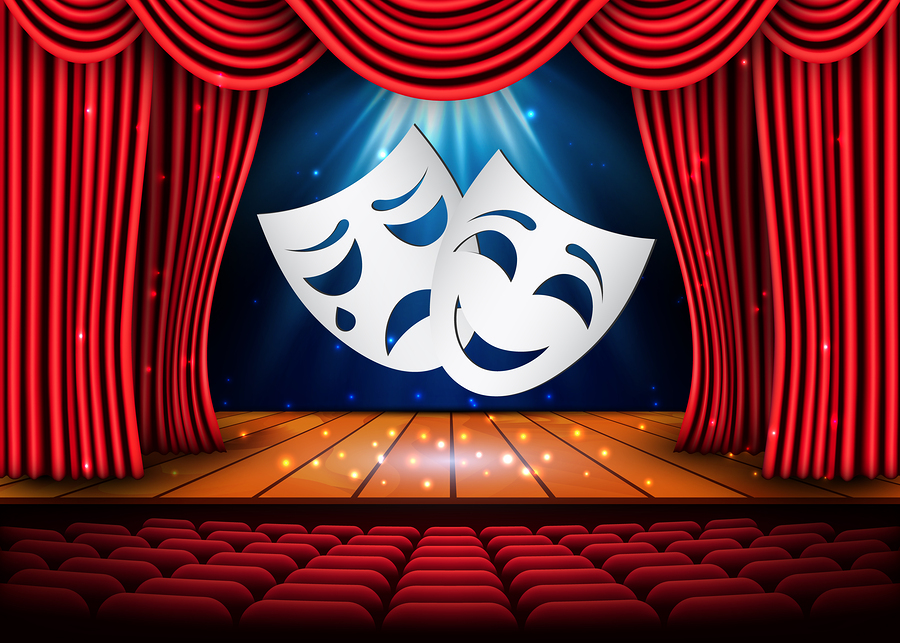
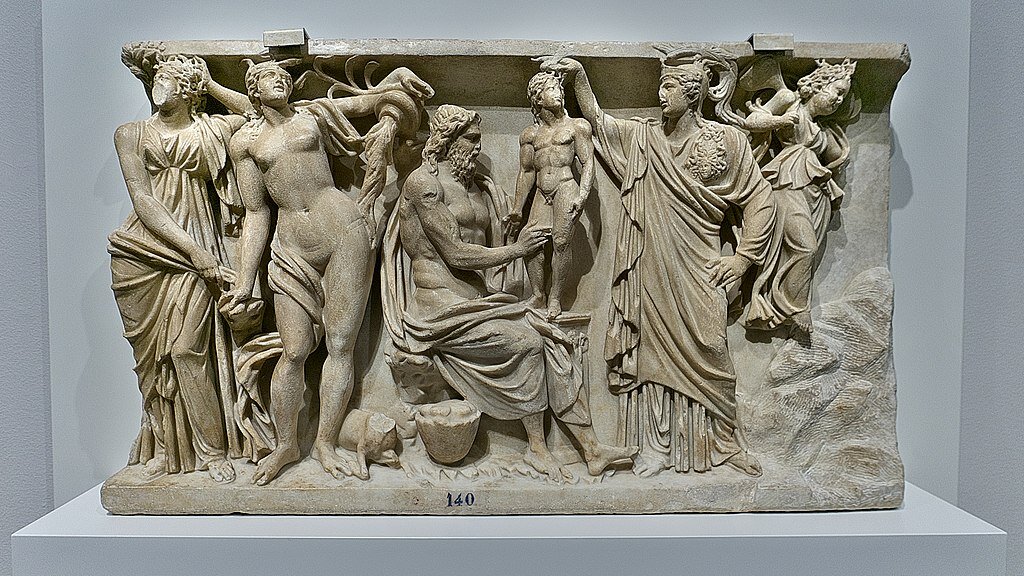
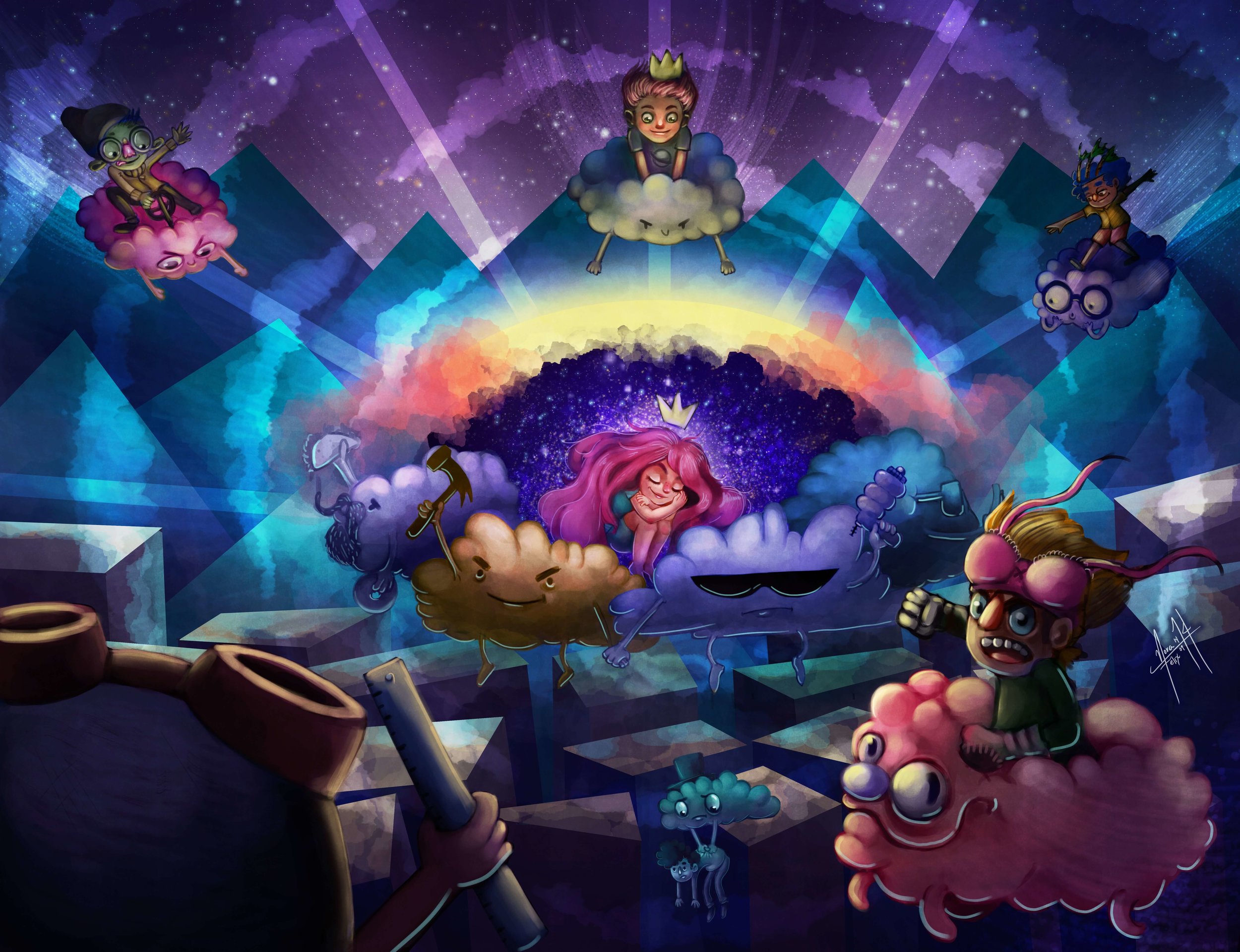

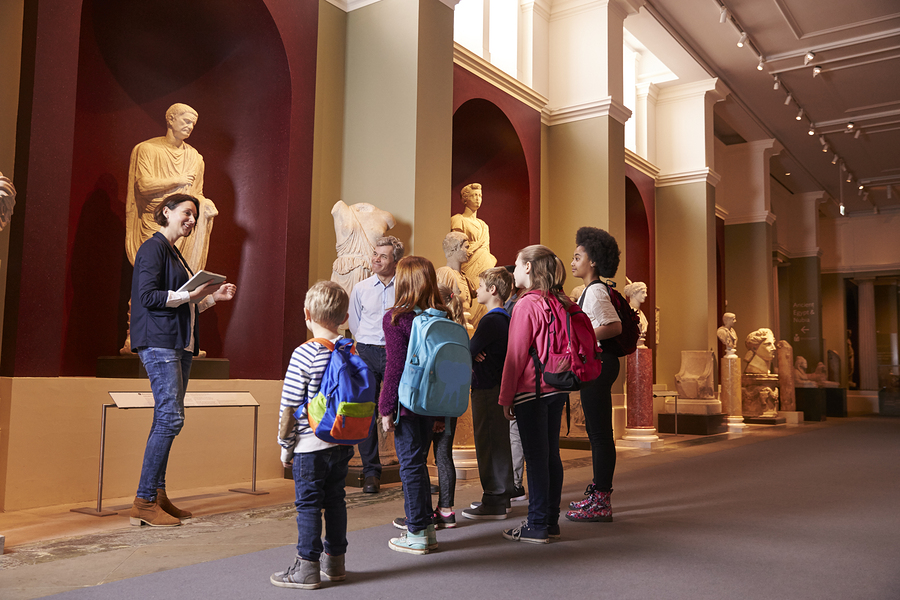


)
Judith Pérez Arceo
Judith Pérez Arceo
Judith Pérez Arceo